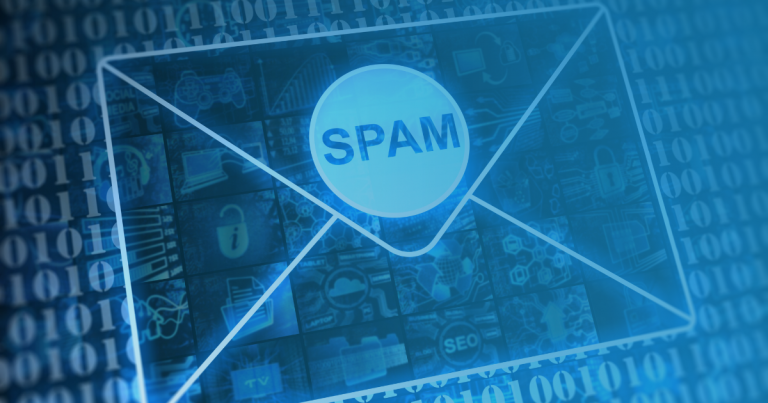
When you send an email that your recipient’s email server can’t deliver, it sends back a failure response called a bounce message that usually includes a code and description of the cause of the failure. Based on the codes and descriptions used, bounces messages can be classified as temporary “soft” bounces or permanent “hard” bounces. For example, soft bounces may be caused by full mailboxes, DNS issues, server outages, etc, while the most common cause of a hard bounce is that the email address doesn’t exist or has expired – so it won’t be delivered today, tomorrow, or ever (foreseeably).
Essentially, a hard bounce is the recipient server’s way of saying that the address is permanently undeliverable: “I can’t deliver this, and please don’t ask again”. Continued and repeated attempts to send to that address can negatively impact your sender reputation, or get you blocked from sending to that server completely, depending on the severity and the scale of your attempts (read: spam). To avoid that issue, hard bounces should always be immediately added to your suppression list. The good news is most reputable email service or marketing automation providers will automatically suppress hard bounces on your behalf. All set then, right? Not quite. We have to get to the root cause first.
Why Does My List Contain Email Addresses That Hard Bounce?
Typos happen and people change jobs or email addresses, so it’s normal for your marketing list to contain some addresses (less than 1% of your send) that result in a hard bounce. If you have excessive (1-5%) or very excessive (>5%) amounts of hard bounces, this indicates you have a problem with your list that needs to be addressed. Reasons for excessive hard bounces, from most common to most rare based on my experience:
- Your list is old: People have been changing jobs or email addresses as usual, but you haven’t been sending emails to them (or have never sent marketing to them) so the hard bounces occur all at once.
- You haven’t been maintaining or didn’t import your suppression list: A common mistake when migrating from one email service provider to another.
- Your prospects are providing fake email addresses to bypass some process or form that you’ve set up because they don’t feel comfortable (or aren’t properly incentivized) to provide their real contact info.
- You knowingly, or hopefully unknowingly, have addresses on your list that have been sold, rented, generated, or otherwise obtained for use without explicit permission from the owner of the address.
Unfortunately, even if you haven’t been dealing with unscrupulous list providers (is there any other kind?), that’s what it looks like to inbox providers and anti-spam networks because they will always assume the worst. Excessive hard bounces are a clear sign of spam, so it’s best to address the issue right away, or even more preferably before you send. Additionally, whatever caused the excessive hard bounces is very likely to also be the cause of spam trap hits and spam complaints. So even though the pain of the hard bounces may be already in the past, the list will still need to be cleaned to prevent further reputation damage.
About the author
Jake Hoiby is an email deliverability expert that manages email systems, sender reputation and user compliance. He teaches small businesses how to avoid common pitfalls of email marketing and ensure their email reaches the inbox. In his spare time you’ll find him building, automating and tinkering with just about everything.



